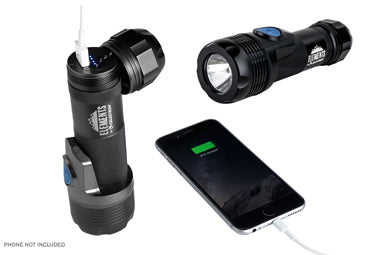James Webb Space Telescope Images
September 8, 2022
About the James Webb Space Telescope

The James Webb Space Telescope (JWST) is a space telescope designed primarily to study four things: (1) the light from the first stars and galaxies that formed after the Big Bang, (2) galaxy formation and evolution, (3) star and planet formation, and (4) planetary systems and the origins of life. The James Webb Space Telescope is named after NASA's administrator from 1961 to 1968, James E. Webb, who oversaw the Mercury, Gemini, and Apollo missions. Construction on the telescope began in 1996. NASA launched the Webb on December 25, 2021, and released its first images to the public on July 11, 2022.
The James Webb Space Telescope is the largest optical telescope in space consisting of 18 hexagonal mirror segments made of gold-plated beryllium, which combine to create a 6.5-meter-diameter (21 ft) mirror with 25 square meters of light-collecting surface area. Compared to its predecessor, the Hubble Space Telescope, which measures 2.4 meters, the Webb offers about 6.25 times the light-collecting area. The infrared telescope observes in a lower frequency range, from long-wavelength visible light (red) through mid-infrared (0.6–28.3 μm).
James Webb Space Telescope Cameras
The James Webb Space Telescope includes four scientific instruments: the Near Infrared Camera (NIRCam), the Near-Infrared Spectrograph (NIRSpec), the Mid-Infrared Instrument (MIRI), and the Fine Guidance Sensor/Near Infrared Imager and Slitless Spectrograph (FGS-NIRISS).
The NIRCam is an infrared imager with spectral coverage ranging from the edge of the visible spectrum (0.6 μm) to the near-infrared (5 μm). The NIRSpec is a multi-object spectrograph capable of measuring the near-infrared spectrum of up to 100 objects like stars or galaxies at once—with low, medium, and high spectral resolutions. The MIRI is a mid-infrared camera and a spectrograph that observes mid- to long-infrared radiation from 5 to 28 microns. The MIRI has coronagraphs especially for observing exoplanets. The FGS-NIRISS observes light from the wavelengths of 0.8 to 5.0 microns and has four different observing modes: near-infrared imaging, wide-field slitless spectroscopy, single object slitless spectroscopy, and aperture masking interferometry.
Jupiter
On June 14, 2022, scientists released the James Webb Space Telescope’s the first images of Jupiter. Using the NIRCam and 2.12-micron and 3.23-micron filters, the JWST captured the giant planet's cloud bands, its famous Great Red Spot, and even some of its faint rings. Several moons are also visible in the images, including Europa, a frigid world with a vast ocean beneath its icy shell.

On August 22, 2022, scientists released another image of Jupiter from the NIRCam. But this time, the image featured three specialized infrared filters – F360M (red), F212N (yellow-green), and F150W2 (cyan). These images revealed Jupiter's auroras in the northern and southern poles, swirls of high-velocity wind, and the famous Great Red Spot, which looks white due to the Sun's reflection. We also got a rare peek at Jupiter's delicate rings and two of its moons, Adrastea and Amalthea.

Side by side, you can see that the James Webb Space Telescope can pick up fine details that the Hubble Space Telescope could not, including auroras, rings, storm systems, tiny moons, and faint galaxies.

Deep Space Images
Here are a few more spellbinding images from the James Webb Space Telescope:
































